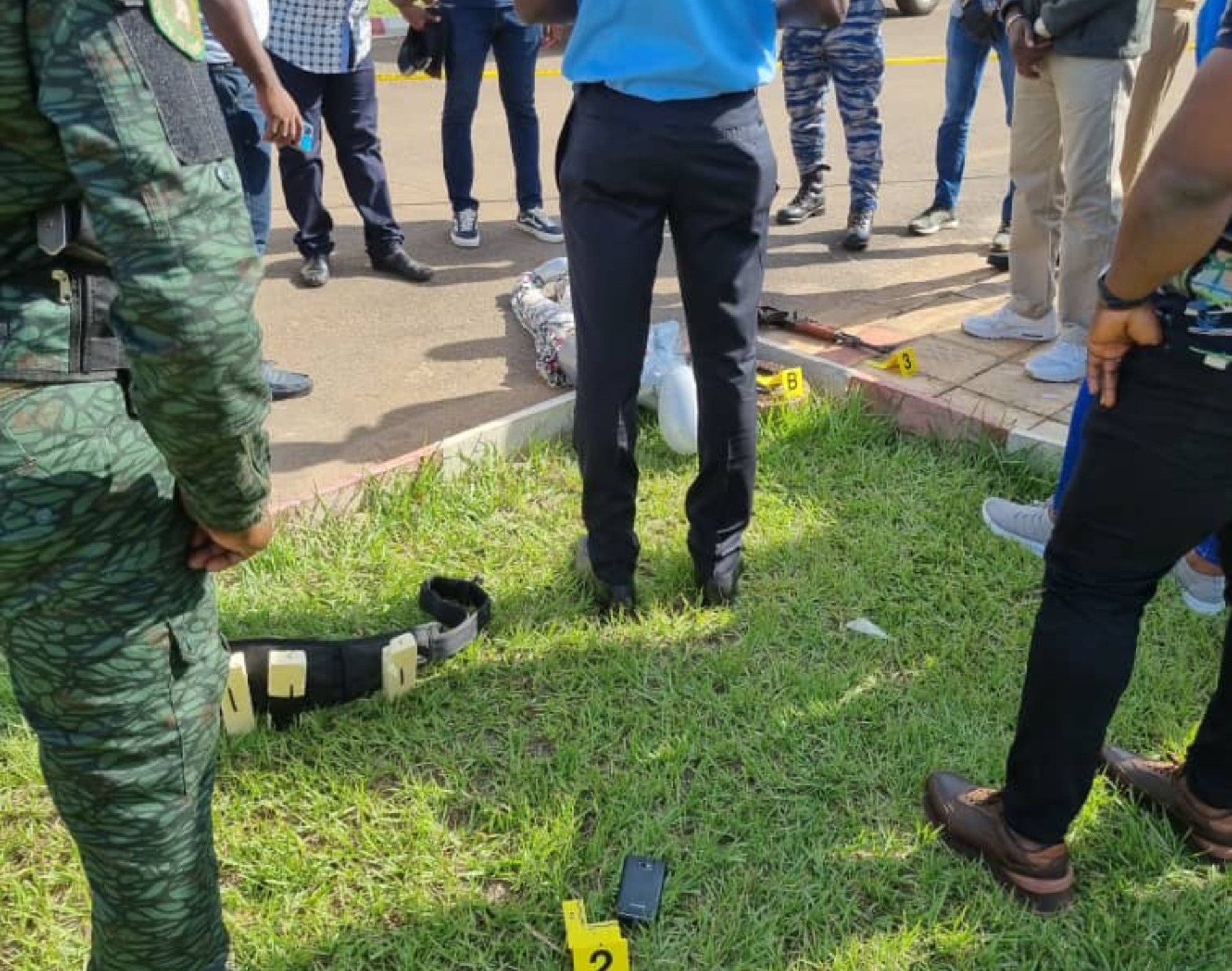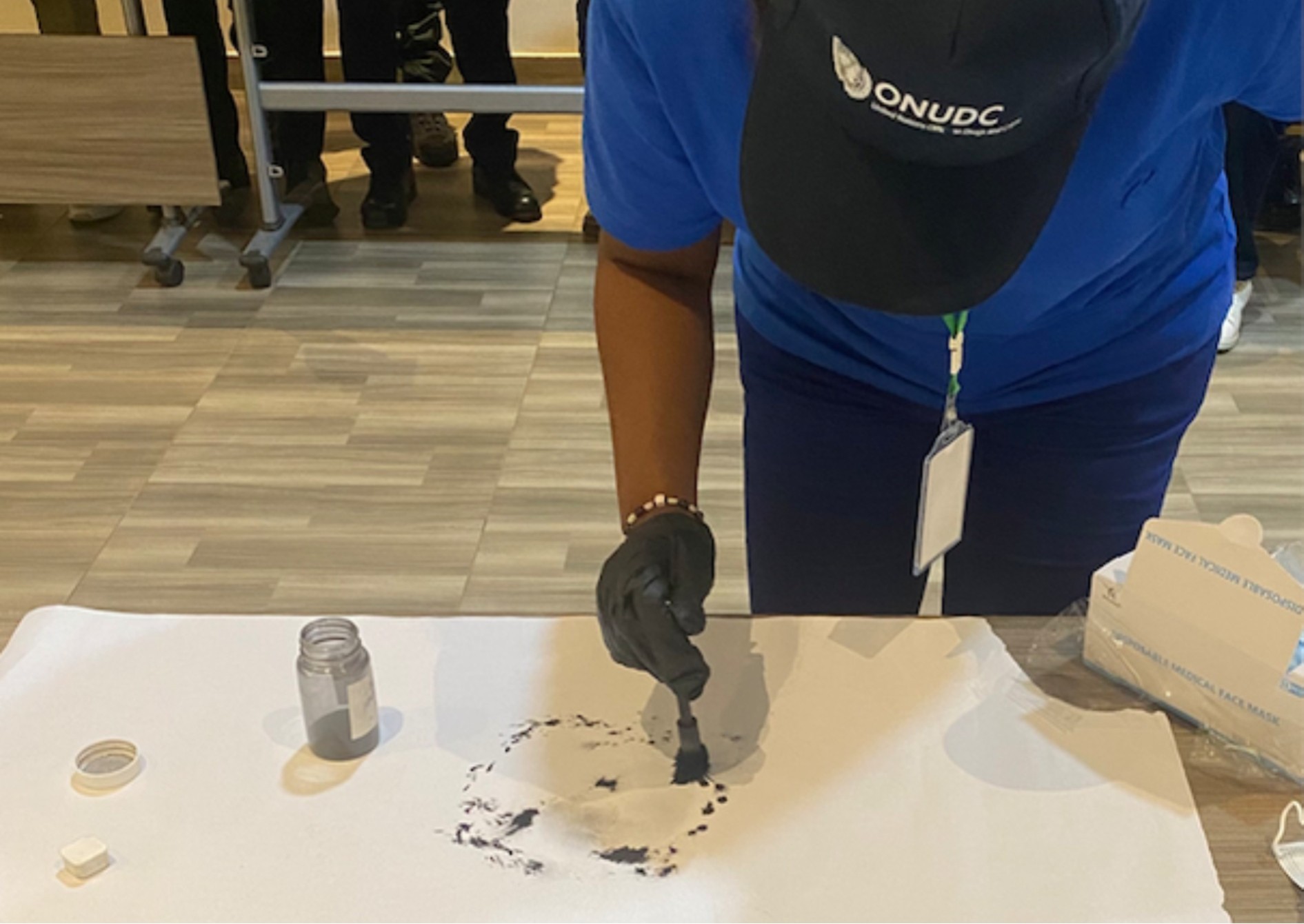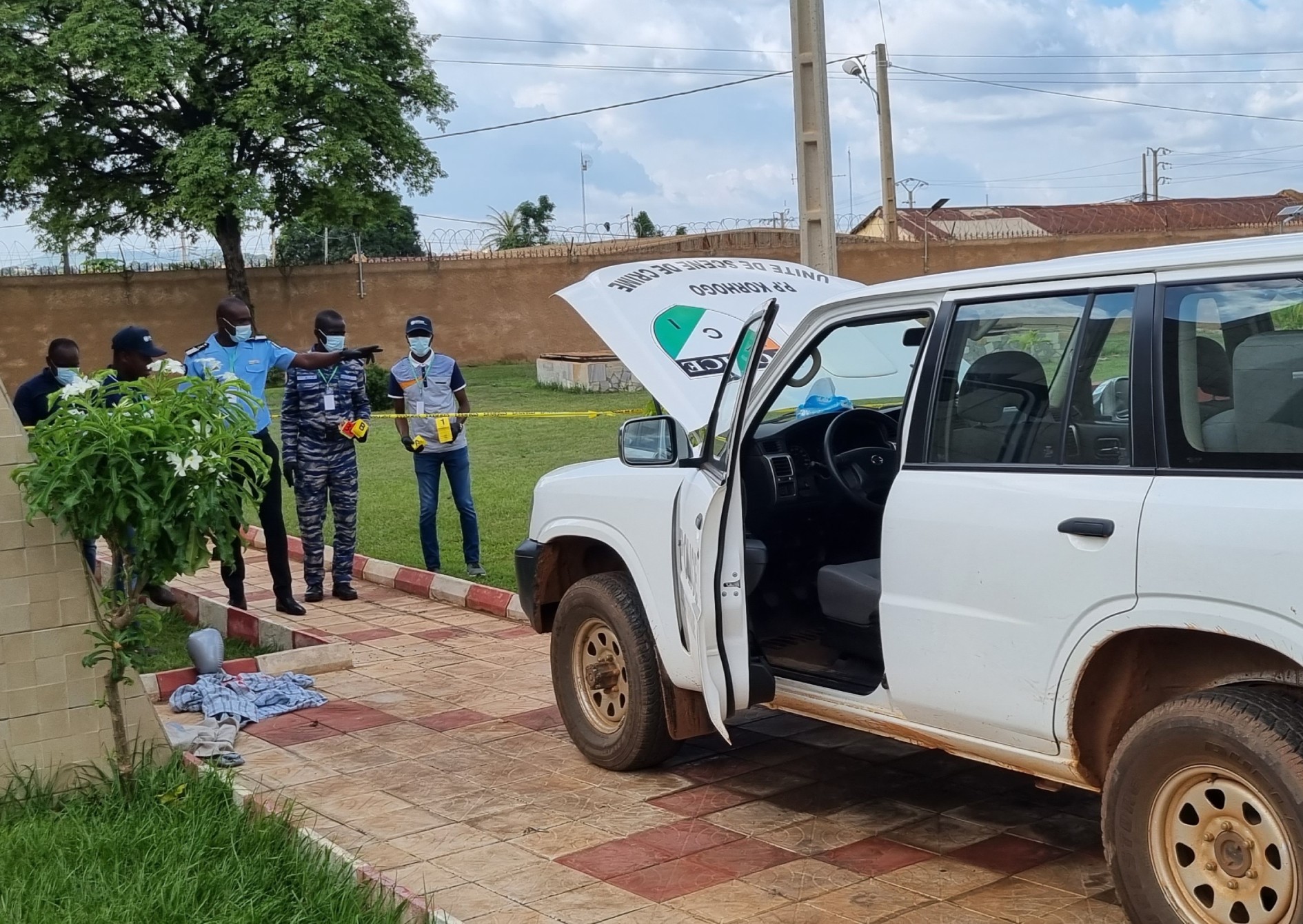
The use of improvised explosive devices (IEDs) has become one of the most recurrent modus operandi in attacks committed by terrorist groups in West Africa, killing, wounding and traumatizing an increasing number of men, women, and children throughout the region. In Côte d’Ivoire, between April 2021 and February 2022, 10 incidents involving IEDs occurred in the northern border regions of the country.
To contribute to the security of these remote areas, UNODC organized a national training on crime scene management related to the use of improvised explosive devices by terrorist groups from 11 to 14 July 2023 in Korhogo, Côte d’Ivoire. The activity gathered 23 national participants from a wide range of national intelligence, investigative and judicial entities. It was a direct follow up to a trilateral training hosted in May for security stakeholders covering the border area between Cote d’Ivoire, Ghana and Burkina Faso and, at the same time, it echoed the outcomes of the recent meeting of the Global Counter Terrorism Forum (GCTF) West Africa Working Group on IEDs that took place in Lomé last June.

The practitioners learned how to detect an IED and identify its components, including dual-use goods. Through practical exercises, they also learned the procedures to follow in the event of the detection of an unexploded device, the role and responsibilities of the actors involved when responding to crime scene involving IEDs, how to secure and preserve a crime scene, and best practices for the collection and preservation of evidence in compliance with the legal requirements.


In light of the current threat faced in northern border regions, and as the thematic of IEDs appeared to be little-known to most participants, the training was found to be particularly relevant. As such, the activity highlighted the necessity to further strengthen the capacity of first responders to preserve and collect admissible evidence on a crime scene, while ensuring the security of officers and civilians present. The activity was also praised for bringing together a wide variety of actors from the security and justice sectors, giving them the opportunity to exchange and better understand each other’s work and needs when working on terrorism-related cases.